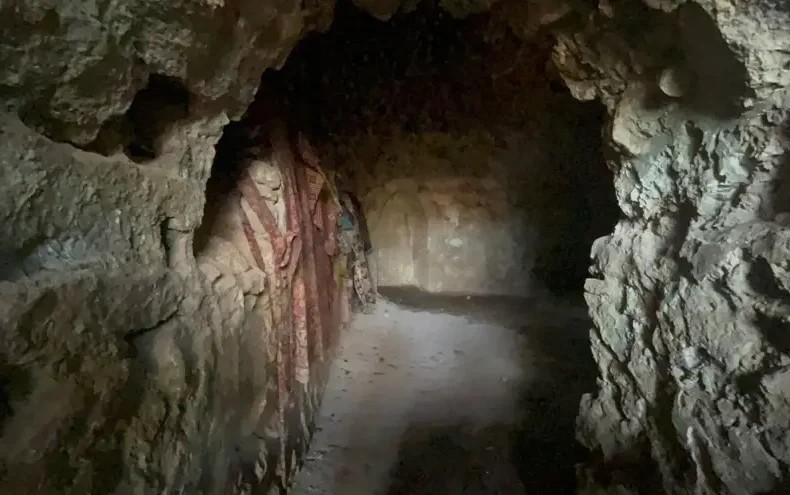
Hikers Stumble Upon a Mysterious Underground Mosque of Unknown Date in Batman’s Gömek Plateau
What began as a routine nature walk in the rugged highlands of Batman turned into one of the region’s most unexpected heritage discoveries in recent years. A group of hikers and local villagers exploring the Gömek Plateau near the dramatic ravine known as Cehennem Deresi happened upon a narrow opening in the rock face. What
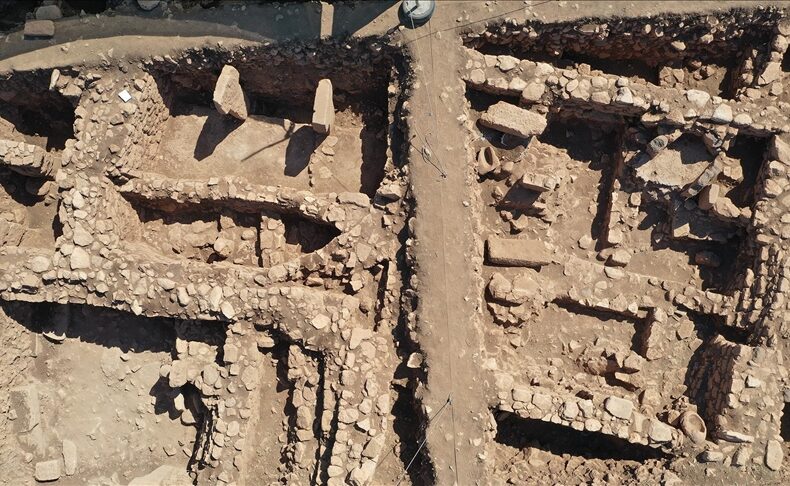
A Newly Identified Boar Piglet Engraving Emerges from Sefertepe’s 2025 Excavations
The 2025 excavation season at Sefertepe, a rapidly emerging Neolithic site within the broader Taş Tepeler landscape of southeastern Türkiye, has brought to light a striking example of early symbolic expression. During ongoing fieldwork directed by Assoc. Prof. Dr. Emre Güldoğan of Istanbul University’s Department of Prehistoric Archaeology, researchers identified a finely incised depiction of
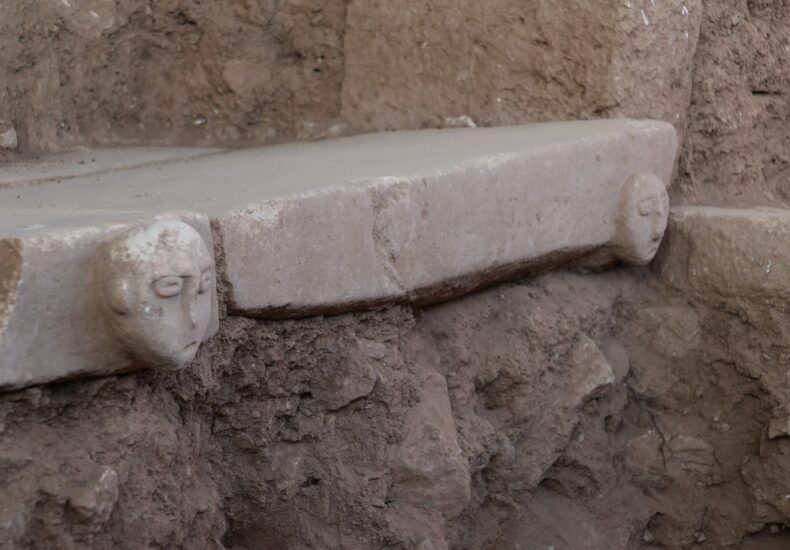
At Sefertepe, Tiny Carvings and a 10,000-Year-Old Skull Room Reveal an Unexpected Symbolic World
The first days of the 2025 excavation season at Sefertepe were expected to bring steady progress, not paradigm-shifting discoveries. Yet on a gentle rise overlooking the plains of Viranşehir, two deceptively small finds—a micro-carved basalt bead and a compact limestone block with dual faces—have redirected scholarly attention toward this lesser-known corner of the Taş Tepeler

New Excavations at Perre Reveal Expanding Sacred Zones and Hidden Layers of Roman-Era Life
The 2025 archaeological season at Perre, one of the five principal cities of the ancient Kingdom of Commagene, has come to a close with significant new discoveries that deepen the understanding of the city’s religious and social landscape. The work, carried out across a newly uncovered 2,500-square-meter area in Adıyaman’s Örenli district, has revealed architectural
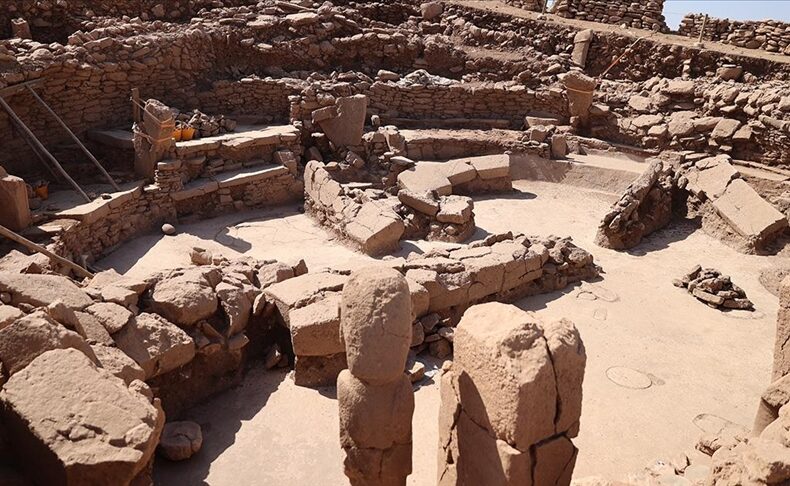
An amphitheater-like Neolithic structure has been uncovered at Karahantepe in southeastern Türkiye
Archaeologists in southeastern Türkiye have brought to light a striking Neolithic structure at Karahantepe—a circular, amphitheater-like building carved into bedrock and lined with tiered stone benches, human sculptures, and sculpted heads emerging from its walls. The find opens an unexpected window onto how some of the world’s earliest settled communities gathered, communicated, and expressed shared
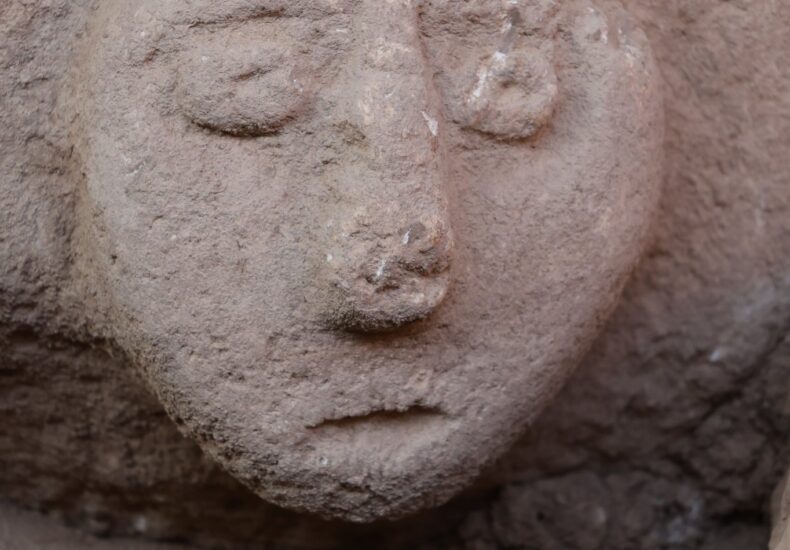
A New Wave of Neolithic Surprises at Taş Tepeler: Mysterious ‘Death Mask’ Sculpture Unveiled in Southeastern Türkiye
Human-like faces carved into stone, a rare double-sided bead, and an unsettling sculpture evoking the stillness of death—Türkiye’s vast Taş Tepeler region has revealed some of its most enigmatic Neolithic discoveries to date. The announcements came this week in Şanlıurfa, where the Ministry of Culture and Tourism shared 30 previously unknown finds that reshape current
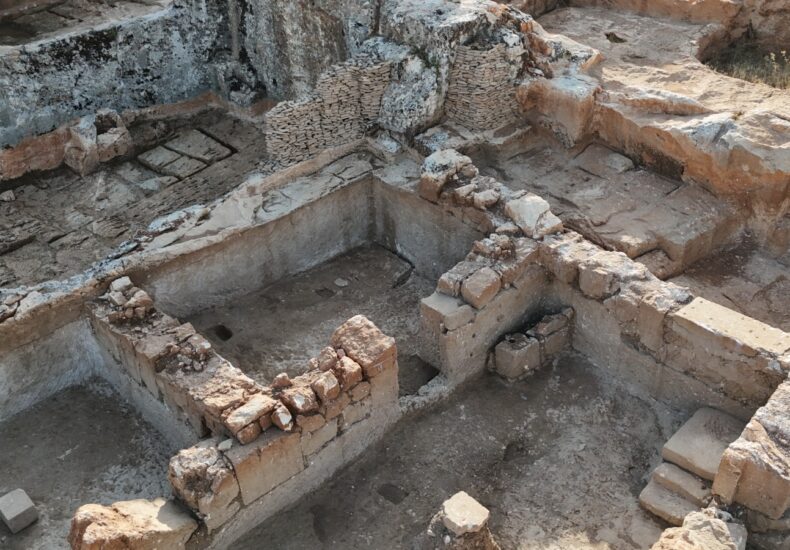
A Newly Uncovered 1,500-Year-Old Roman Dwelling Sheds Light on Daily Life in Ancient Commagene’s City of Perre
The 2025 excavation season at Perre has revealed one of the most informative architectural discoveries yet: a 1,500-year-old domestic complex built during the late Roman occupation of the ancient Commagene region. The find delivers a rare, ground-level view of how households functioned in a city positioned at a vital crossroads of trade and military movement.
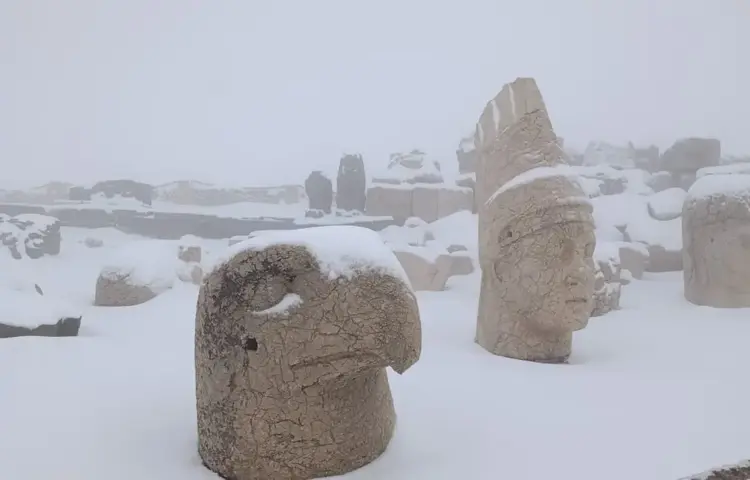
Nemrut Mountain Turns White: Ancient Colossal Statues Reveal a New Winter Face
A sudden wave of snowfall has transformed Mount Nemrut in Türkiye’s Adıyaman province into a stark winter landscape, giving the world-famous colossal statues a striking new appearance. Perched at 2,206 meters and listed as a UNESCO World Heritage Site, the mountain’s Hellenistic-era monuments—carved for the Kingdom of Commagene—took on an entirely different character under a
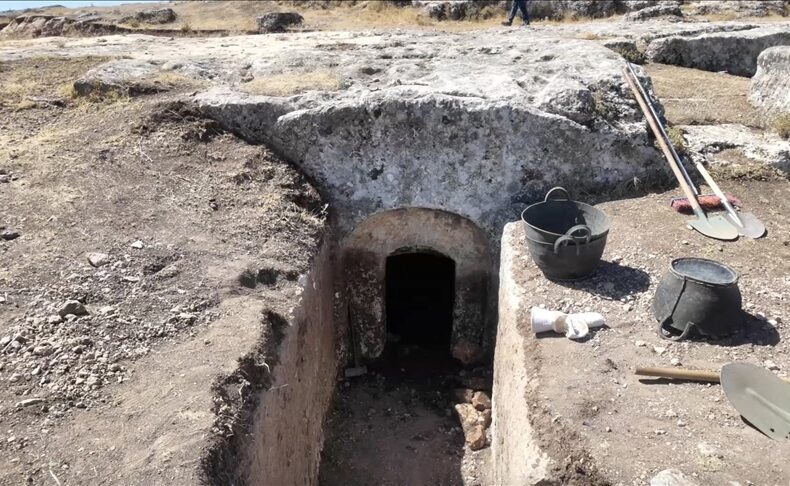
1,800-Year-Old Chamber Tomb Unearthed in the Ancient City of Tharsa, Adıyaman
Archaeologists have uncovered a remarkably well-preserved 1,800-year-old chamber tomb in the ancient city of Tharsa, located near Kuyulu Village in southeastern Türkiye. The discovery, dated to the Roman period, reveals new insights into burial traditions in the region and marks one of the most elaborate examples ever found in Tharsa. According to Mehmet Alkan, Director
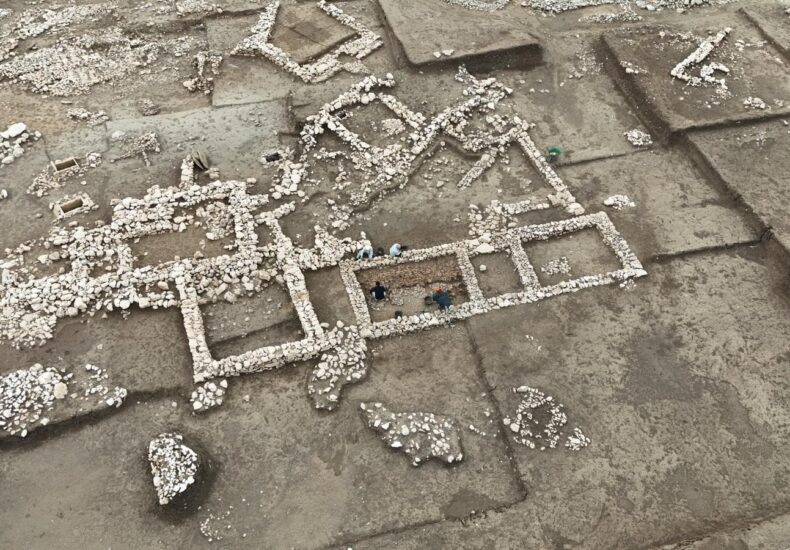
5,000-Year-Old Earthquake Collapse Uncovered at Çayönü Mound in Southeastern Türkiye
Archaeologists excavating the prehistoric settlement of Çayönü Tepesi in Diyarbakır’s Ergani district have uncovered the remains of a building that collapsed during a powerful earthquake roughly 5,000 years ago — a rare glimpse into the seismic past of one of Anatolia’s earliest farming communities. Layers of a Forgotten Tremor The discovery was announced by Assoc.
